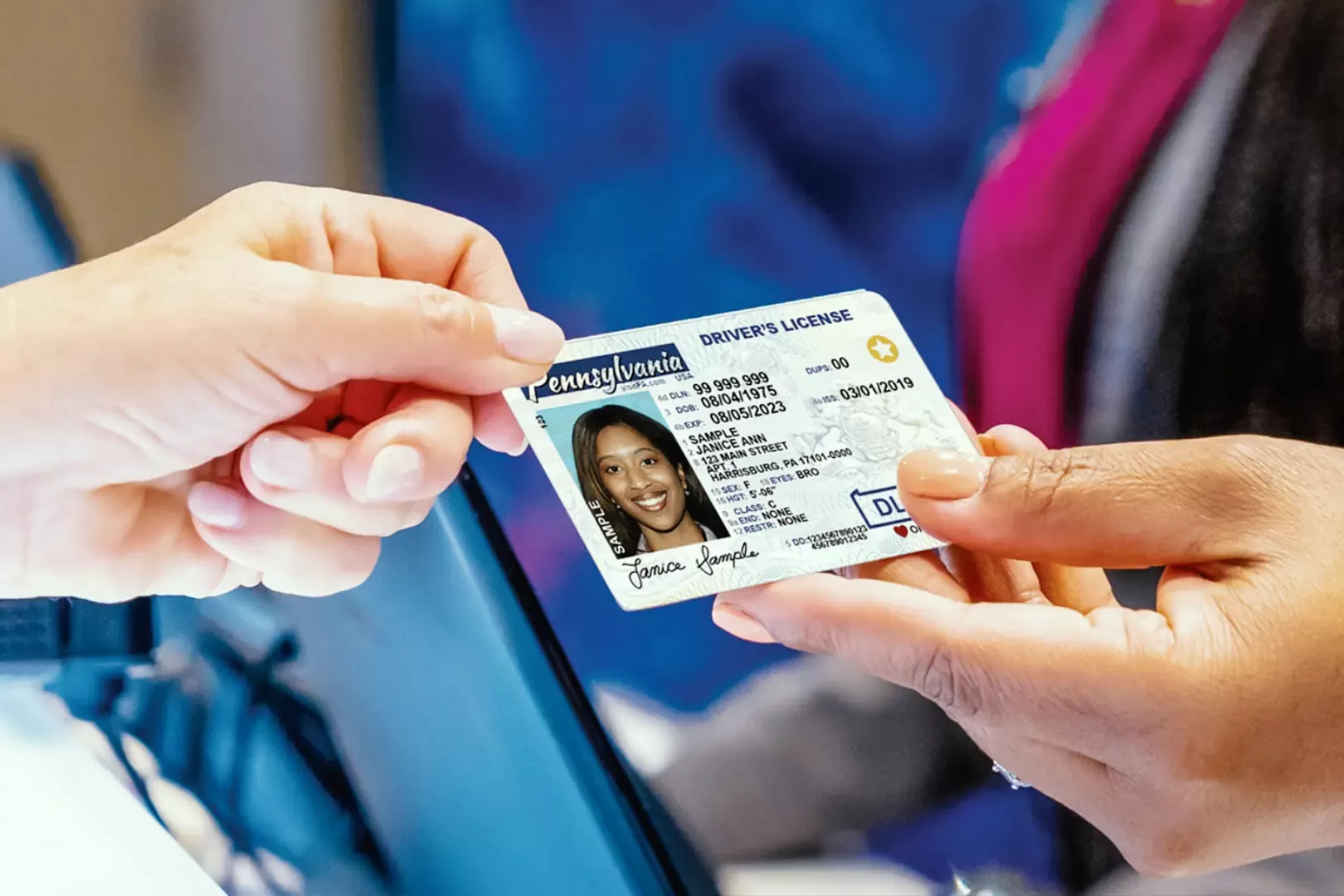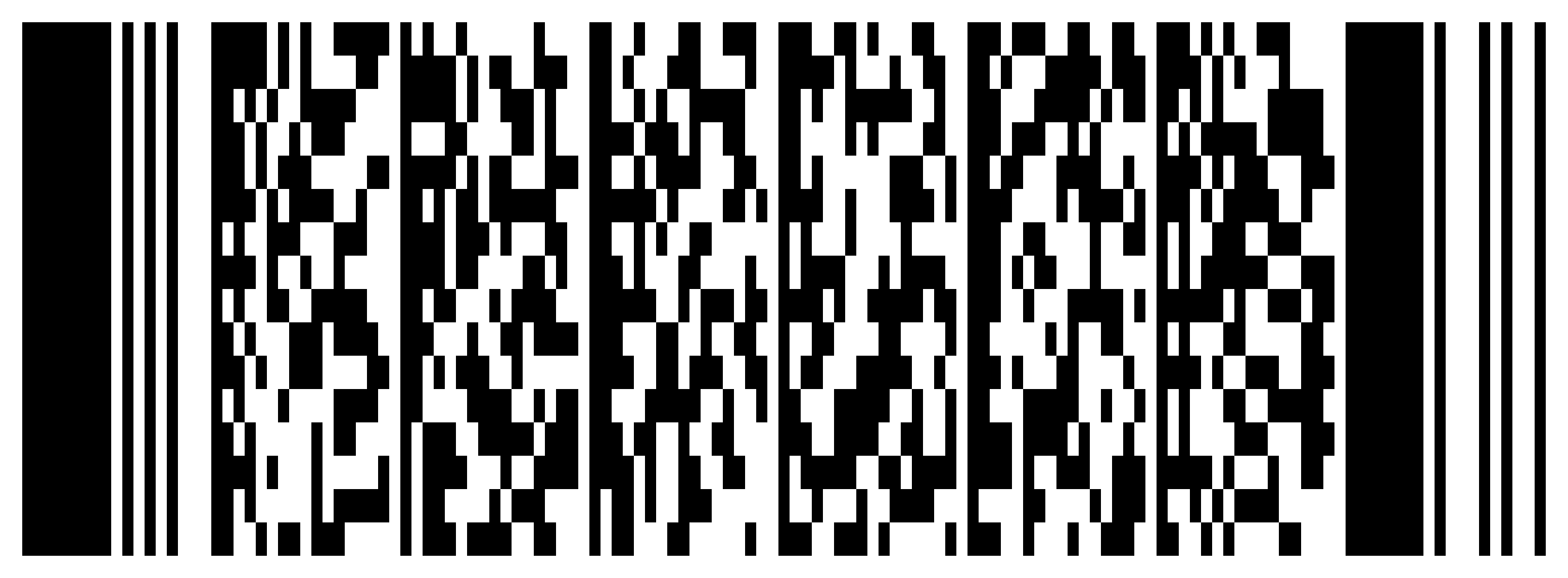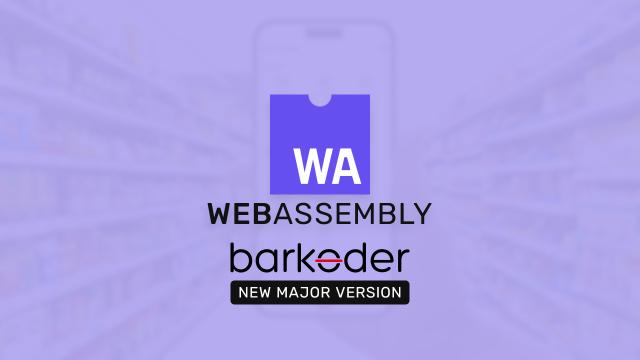
AAMVA standards & their role in barcode scanning
AAMVA Standard & the Role of PDF417 Barcodes on Driver's Licenses
Driver's licenses are a universal form of identification and the American Association of Motor Vehicle Administrators (AAMVA) has played a crucial role in standardizing the data encoding on these documents. One of the essential elements of this standard is the use of PDF417 barcodes, which are used to store and retrieve vital information. In this article, we'll explore the history, specifications, mandatory information encoded in PDF417 barcodes, and the countries where this standard is implemented. We will also touch upon the use of PDF417 in South African driver's licenses and license disks.
The AAMVA Standard: A Brief History
The AAMVA has played a pivotal role in shaping the landscape of driver's licenses and identification standards. Established in 1933, it has been a driving force behind the collaboration among motor vehicle agencies across North America. Over the years, the association has continually worked towards enhancing the efficiency, security, and standardization of identification documents.
The AAMVA's significant leap in identification technology occurred with the implementation of PDF417 barcodes on driver's licenses. This marked a crucial development in the late 1990s when the AAMVA introduced the use of PDF417 as the standard for encoding data. This two-dimensional barcode technology allowed for the storage of comprehensive information in a compact space, revolutionizing the way essential data is encoded and retrieved from identification documents. The adoption of PDF417 standards by AAMVA has since become a cornerstone in modernizing and securing the realm of driver's licenses, contributing to streamlined processes and enhanced security across North America.
PDF417 Barcodes: Encoding Data Efficiently
PDF417 barcodes are two-dimensional barcodes that can store large amounts of data in a compact space. Developed by Symbol Technologies in the 1990s, PDF417 stands for "Portable Data File 417." The PDF417 format allows for the storage of alphanumeric characters, symbols, and binary data, making it ideal for encoding diverse information on a driver's license.
PDF417 Barcode Specifications
A PDF417 barcode is composed of rows and columns of dots, and it has specific specifications:
- It can store up to 1.1 kilobytes of machine-readable data.
- It can withstand various printing and environmental conditions, ensuring the reliability of the encoded data.
- Error correction capabilities make it robust in situations where the barcode may be partially damaged or obscured.

Mandatory Information Encoded in PDF417 Barcodes
The AAMVA standard mandates specific data to be encoded within the PDF417 barcode on driver's licenses, including:
- Holder's name
- Date of birth
- Gender
- Address
- License number
- Expiry date
- Issuing state or province
Apart from the mandatory info, over the years a lot of other information has been encoded within the AAMVA-compliant documents, differentiating from state to state, country to country and between different standard issues.
AAMVA Data Parsing and the Rise of Software-Based Scanners
In the modern era, the efficient extraction and parsing of data encoded in AAMVA-compliant PDF417 barcodes has become increasingly critical. Software-based scanners, often integrated into mobile apps and data capture systems, play a pivotal role in swiftly and accurately extracting essential information from driver's licenses. This technology is utilized across a spectrum of industries, including law enforcement, hospitality and retail, where identity verification and age authentication are paramount. Furthermore, software-based scanners have found applications in access control systems, ticketing and registration processes, contributing to smoother and more secure transactions in today's digital landscape. As AAMVA standards evolve and adapt to changing needs, software-based scanning solutions continue to be instrumental in enhancing efficiency and data accuracy in an array of real-world scenarios.
This is where the barKoder Barcode Scanner SDK shines. Powered by its PDF417-LineSight® algorithm, it captures not only the PDF417 barcodes found on North American driver's licenses, but also the ultra-dense codes on South African driver's licenses, vehicle registration disks & ID's, as well as various military and state issued ID's from Colombia, Argentina and elsewhere in the world. The barKoder scanner API can greatly help in verifying the authenticity of identification documents, preventing fraud and unauthorized access, ensuring a secure environment for both businesses and individuals.
The speed and efficiency provided by barKoder's driver's license scanner also contributes to improved customer service. Customers no longer need to wait for their information to be manually entered into a system; instead, it can be quickly retrieved with a simple scan. This not only enhances customer satisfaction but also allows staff to focus on providing personalized assistance.
In summary, utilizing a driver's license scanner is a wise decision for any organization that deals with identification verification. It offers accuracy and efficiency, reduces errors, enhances security and improves customer service. Investing in this technology will undoubtedly bring numerous benefits to your business or institution.






